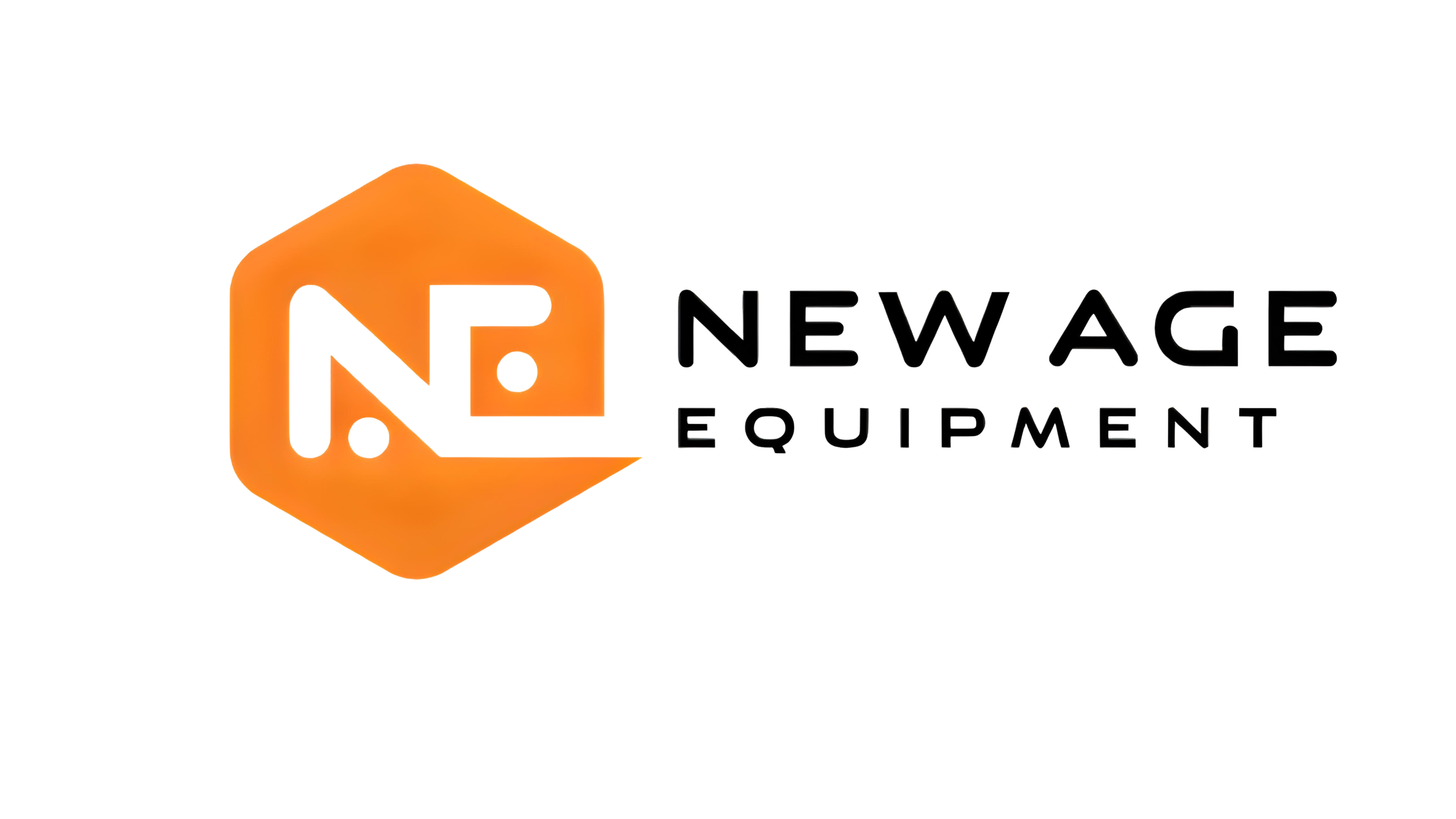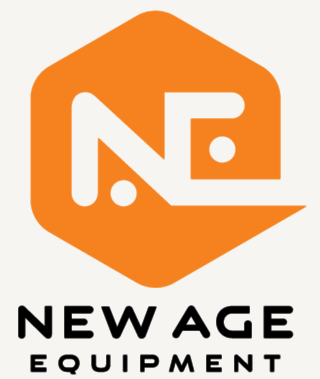|

This Week's Quote:
“Be thankful for everything that happens in your life; it's all an experience.”
-Roy T. Bennett
The Internal Revenue Service announced the largest ever increase to the amount Americans can set aside in health-savings accounts each year.
For 2024, the maximum HSA contribution will be $8,300 for a family and $4,150 for an individual. That is up from $7,750 for a family and $3,850 for an individual for 2023.
Participants age 55 and older can contribute an extra $1,000, which means an older married couple could sock away $10,300 a year, up from $9,750 this year. In the last 10 years leading up to retirement, a couple could accumulate more than $100,000 in these accounts.
HSAs are both misunderstood and underused by many Americans, according to the nonprofit Employee Benefit Research Institute. To be eligible to contribute, a participant must have an HSA-qualified high-deductible health plan and not be enrolled in Medicare.
While workers can tap 401(k)s and individual retirement accounts for medical costs, health savings accounts offer more tax savings than both traditional or Roth retirement accounts. There is no tax going in, tax-free growth and tax-free withdrawals if used for eligible healthcare expenses.
Eligible medical expenses include Medicare Part B premiums, which run almost $4,000 for a married couple with income of up to $194,000 for 2023. Also eligible are deductibles, copays and vision, dental and hearing expenses, and even long-term care.
As fewer employers offer retiree healthcare benefits, it is imperative for workers to take it upon themselves to include these types of costs in their retirement savings plans, financial advisers say. To have a 90% chance of covering medical expenses in retirement, a couple retiring this year and enrolled in a Medigap plan would need $318,000, according to EBRI.
Save. Spend. Invest. Account holders can get an immediate tax benefit just from putting money into an HSA and pulling it out immediately to spend on healthcare expenses. There is also the added benefit of being able to invest that money before you spend it.
People who really understand HSAs use them as a complement to retirement planning, so it is all about the investments, says Roy Ramthun, who led the Treasury Department’s implementation of HSAs after Congress created them in 2003.
2024 Limits. HSA contribution limits are adjusted for inflation each year, and typically the bump is $100 to $200 a year if at all. But because of high inflation, the family maximum limit went up $450 for 2023 and another $550 for 2024.
Americans held $112.5 billion in about 37 million HSA accounts at the end of January, according to Devenir Research. Notably, Americans spend nearly $400 billion a year in posttax out-of-pocket healthcare expenses, according to HSA provider Alegeus.
Investing option. Most 401(k) plans automatically invest workers’ money in target-date funds, a combination of stocks and bonds, unless they choose another investment. With HSAs, it is up to the participant to choose to invest the money, typically once the basic bank deposit account reaches a certain threshold, often $1,000.
When Sandeep Abrol, a purchasing executive in Charleston, S.C., retired last fall, he took a closer look at his workplace HSA and saw that the $26,000 he had contributed over seven years was in an interest-bearing checking account that earned almost nothing.
“People have this HSA money, but they don’t realize it’s not earning money like a 401(k),” he says.
The average total balance (including both deposits and investments) for someone who is investing in their HSA was $16,397 at the end of 2022. That compares with an average HSA balance of $2,445 for those with deposit accounts but not investing, according to Devenir.
Orphan HSAs. Unlike healthcare flexible spending accounts, known as FSAs, which let you roll over a limited amount from one year to the next if at all, HSAs are yours to keep even after you leave an employer. As more people have HSAs with more money at stake, job switchers need to pay extra attention so they don’t forget an old HSA.
You could spend down an old HSA, while building up a new HSA at your new job, says Mr. Ramthun.
“You could think of one, ‘This is my forced savings account,’ and think of the other as ‘This is my reimbursement account.’”
You can check if your new employer’s HSA allows you to transfer the balance into your new HSA, or even pick a new HSA provider. But don’t expect it to be easy.
Mr. Abrol, 59 years old, says he got the “runaround” from his old HSA provider when he asked to move the funds into a newly established HSA at Fidelity. It took seven weeks for the trustee-to-trustee transfer to go through, but now he is earning 4.5% in interest.
He and his wife, who is still working, plan to max out their family HSA contributions as long as she is working, splitting the contributions between their accounts.
“We see our money growing,” he said.
Credit given to Ashlea Ebeling, published May 17, 2023 in the Wall Street Journal
Corrections & Amplifications
Alegeus is a provider of health-savings accounts. An earlier version of this article incorrectly referred to the HSA provider as Algeus. (Corrected on May 16)
Copyright ©2023 Dow Jones & Company, Inc. All Rights Reserved. 87990cbe856818d5eddac44c7b1cdeb8
Appeared in the May 18, 2023, print edition as 'IRS Grants Big Boost On HSA Contributions'.
Thank you for all of your questions, comments and suggestions for future topics. As always, they are much appreciated. We also welcome and appreciate anyone who wishes to write a Tax Tip of the Week for our consideration. We may be reached in our Dayton office at 937-436-3133 or in our Xenia office at 937-372-3504. Or, visit our website.
This Week’s Author, Belinda Stickle
-until next week
|
Need a Tax Planning Meeting?

Email to setup time...
Need QuickBooks Training?

Email to setup time...
Upcoming Webinars:
Click to register...

About Bradstreet CPAs:
Business owners, CFOs, controllers, and individuals trust Bradstreet & Company for our tax expertise and business acumen to provide the best tax outcomes and to avoid tax missteps. With offices in Dayton and Xenia, OH, we provide accounting and business consulting to firms and individuals throughout the region. Learn more about our team: Bradstreet Bios.
About Our "Tax Tip of the Week" Series
We understand how difficult and frustrating the tax code can be. Bradstreet & Company created the "Tax Tip of the Week" to serve-up weekly nuggets of tax tips to help keep you informed and engaged on the latest changes that might impact your taxes. Sign Up Here: Sign Up
|


















